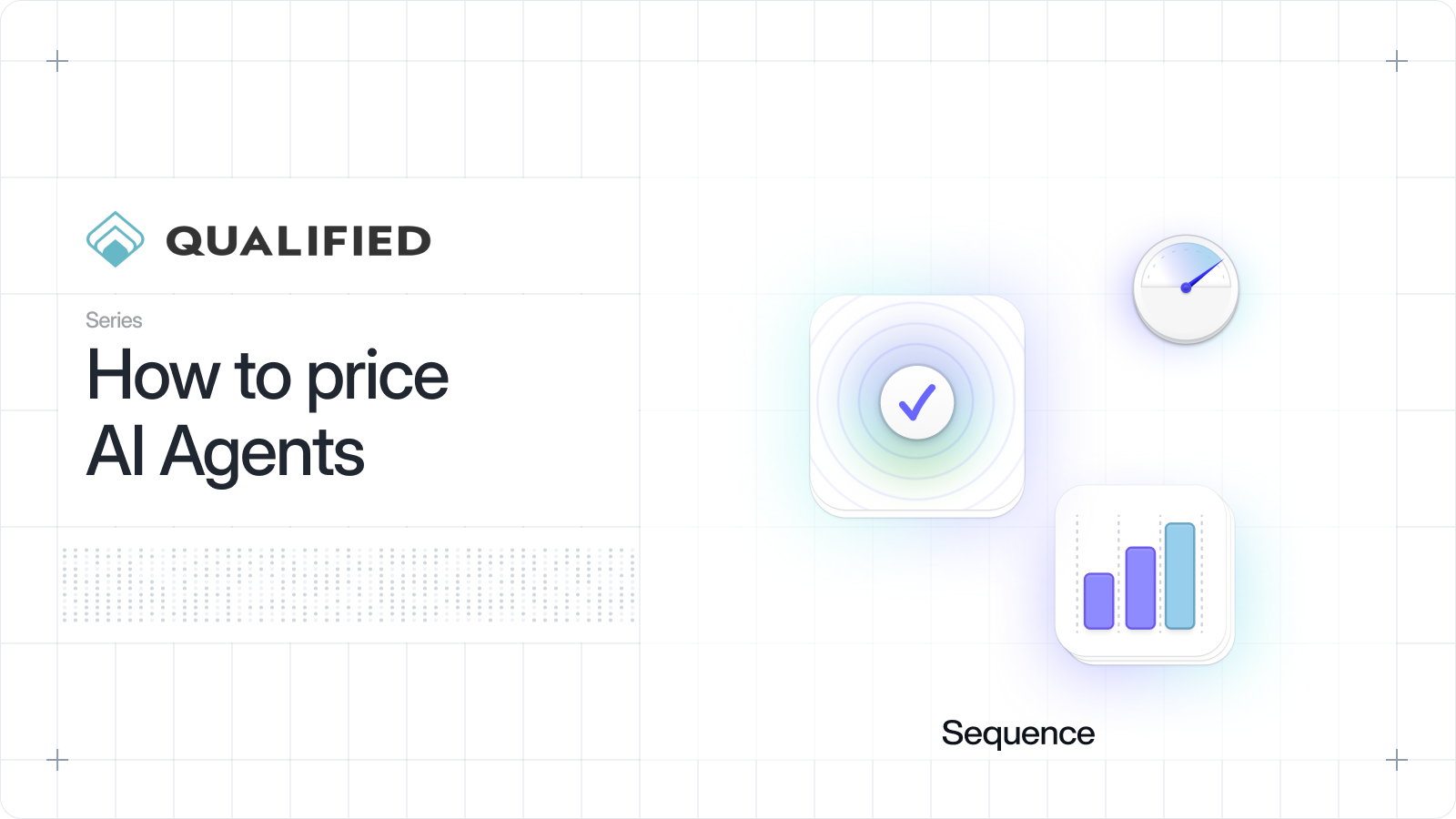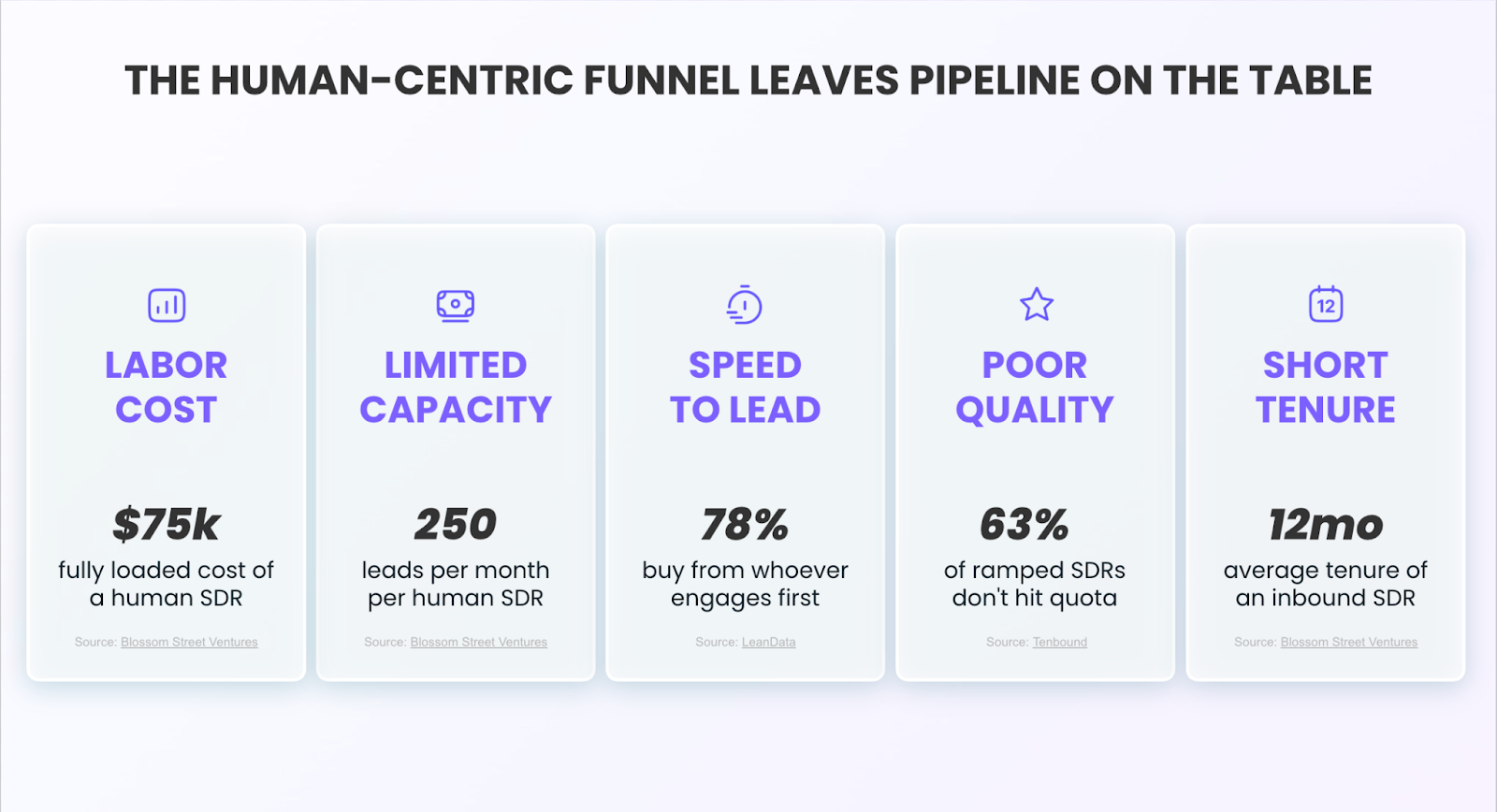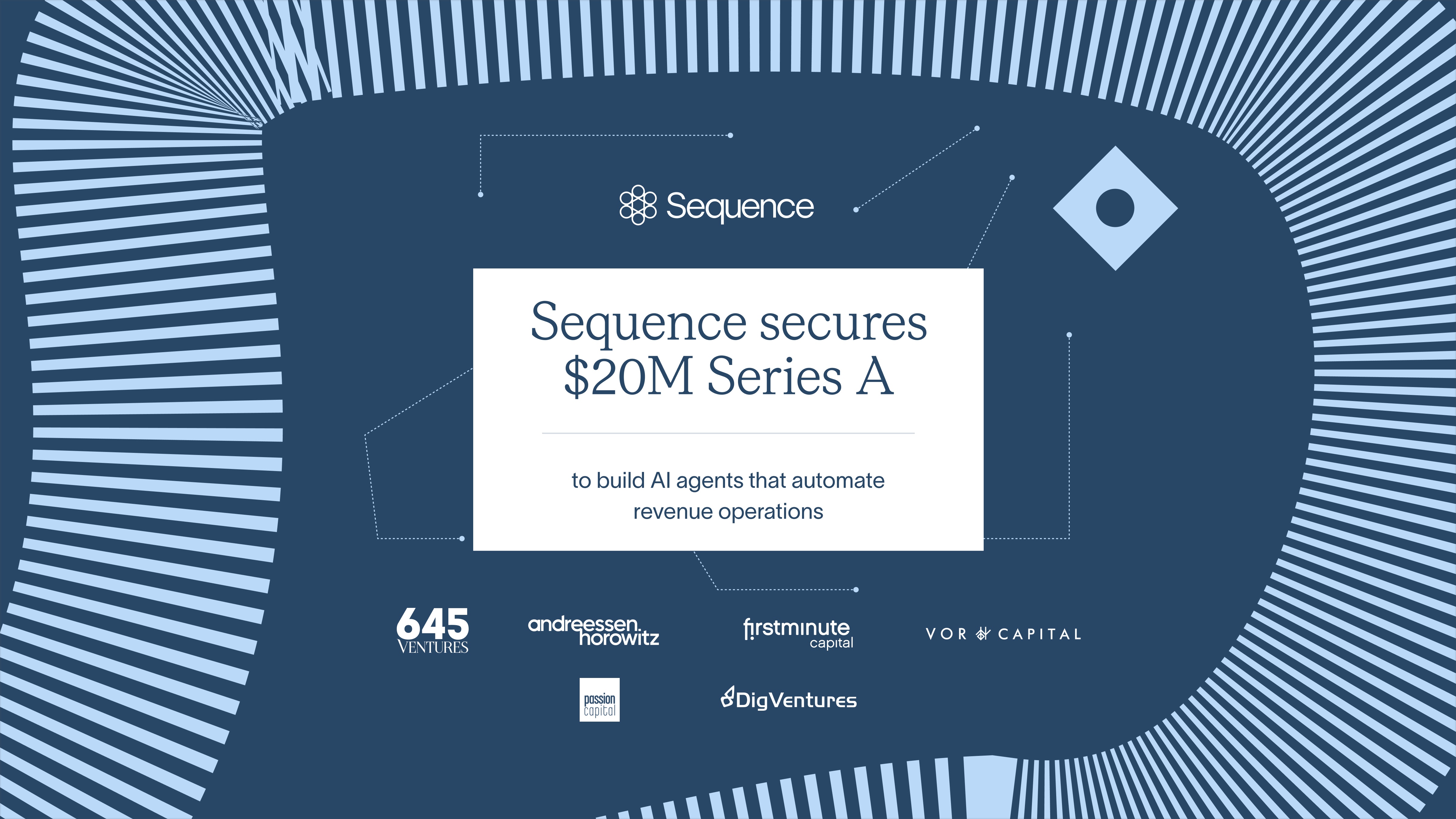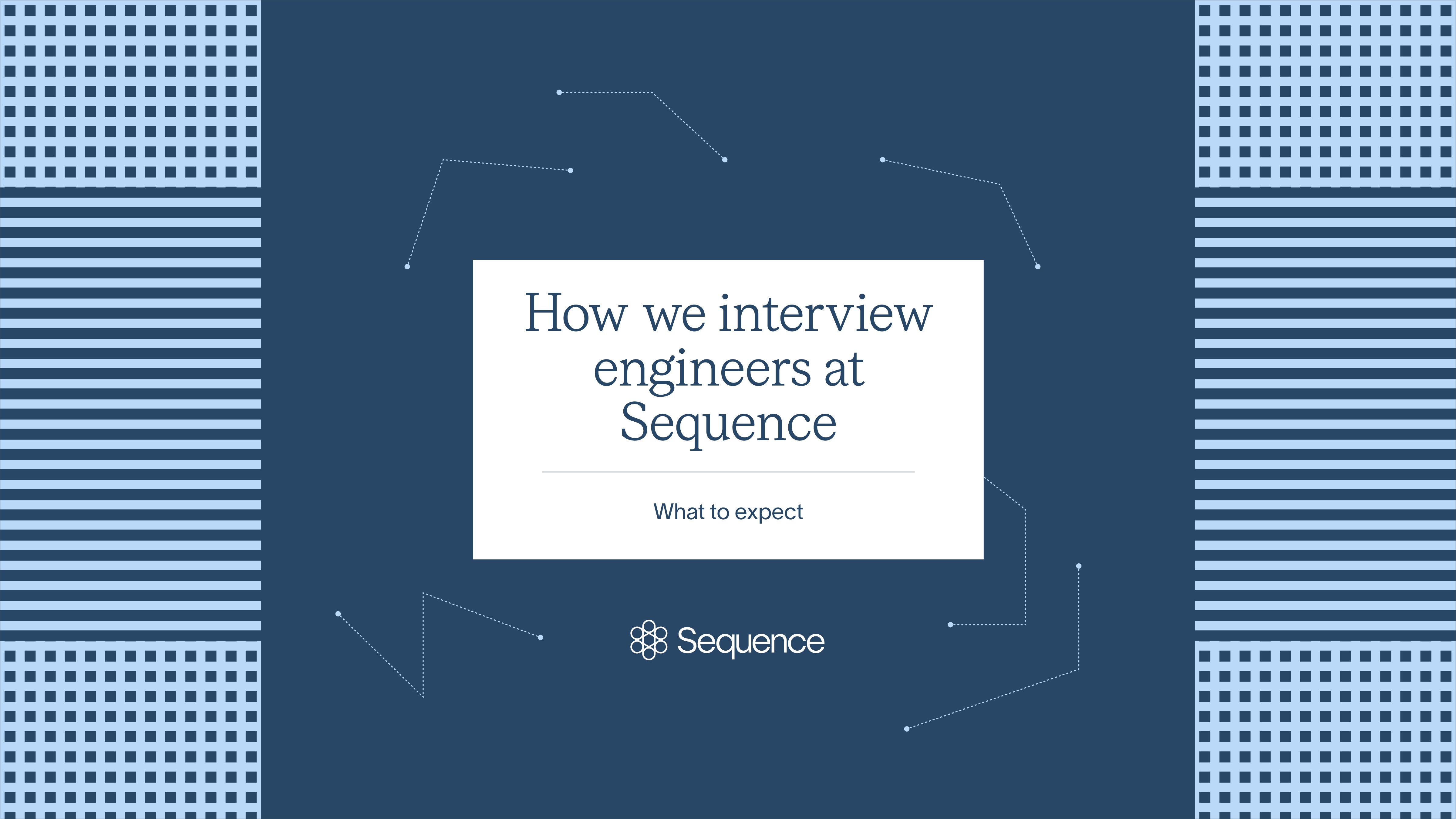Riya Grover
How Qualified priced their AI SDR agent: from add-on to all-in strategy
Most SaaS companies price AI features as add-ons, but Qualified learned this approach can be short-sighted. Their journey with Piper, an AI SDR agent, shows why bundling AI into core plans often works better than charging separately for it.

What Piper does
Piper (by Qualified) is an AI SDR agent that autonomously generates inbound pipeline. She engages buyers, schedules meetings with qualified prospects, and works across marketing's two primary channels: websites and email inboxes. Think of her as doing the entire job scope of a human sales development rep (SDR), but at massive scale, 24/7.
The value proposition is straightforward: marketing teams can generate pipeline without the overhead of hiring, training, and managing human SDRs.
The Add-on trap
When Piper first launched, the Qualified team packaged their AI agent as an add-on to existing plans. This seemed logical and in line with what most SaaS companies do when introducing new features, testing demand before committing to broader integration.
But they quickly realized a problem: for customers to succeed with Piper, she needed to be integrated into their core offering, not treated as a nice-to-have feature on the side. The add-on model created friction and positioned Piper as supplementary rather than essential.
Instead of keeping Piper as an optional upgrade, they folded her into every plan. This wasn't just a pricing change; it was a product positioning shift that aligned pricing with how customers actually needed to use the product.
Value based pricing vs optimizing for simplicity
The Qualified team explored several pricing models before settling on their current approach. Consumption based pricing, like token-based pricing and cost-per-conversation models, were considered but ultimately rejected because they could lead to unpredictable pricing for customers, which is a poor experience.
Value-based pricing tied to meetings booked or pipeline generated was also on the table. While conceptually appealing, the reality is that every business operates differently. Pipeline generation varies wildly across industries, company sizes, and go-to-market strategies. Creating consistent pricing across such diverse variables proved impractical.
Instead, they prioritized clear, upfront pricing packages, removing the potential for any hidden costs. They strived to achieve both simplicity and fairness so customers could easily understand pricing and budget for Piper with predictability.
Qualified created three pricing plans: Premier, Enterprise, and Ultimate. With each plan, you hired Piper the AI SDR Agent; as you move up plans, Piper’s capacity expands. The base plan (Premier) was designed with the cost of a human SDR in mind, knowing that Piper has all of the capabilities of her human counterparts: she can reference go-to-market data, have real-time conversations, send emails, schedule meetings, surface marketing offers, and more.
If customers need Piper to do more, for instance speak in multiple languages or service a high volume of website visitors, they move up plans. The goal of this pricing strategy is that customers understand they are hiring an AI SDR Agent, and sellers can point them in the direction of the right plan based on the complexity of their business, volume of their buyers, and ultimately the capacity that they require out of their AI SDR agent.
AI personification in pricing strategy
When designing Piper's pricing, Qualified recognized they were operating at the intersection of software and digital labor. Unlike traditional SaaS where customers pay for tools they operate themselves, Piper represents a new model where customers pay for digital labor (agents) to operate the software on their behalf. This fundamental shift—from selling software tools to providing digital labor required rethinking pricing against the traditional cost and value of human-centric workflows.

One interesting aspect of Piper's approach is how they personified their AI agent. Rather than positioning their product as "AI-powered lead generation software," they positioned Piper as a team member you hire. This framing helped customers think about pricing in familiar terms: you're not buying software features, you're hiring an SDR who happens to be powered by AI.
This positioning also influenced sales conversations. When customers evaluate Piper, they compare her cost to hiring a human SDR, not to other software tools. This shifts the value conversation entirely and typically works in Piper's favor given the cost and scalability advantages.
What's next for AI agent pricing
Piper's experience highlights a broader trend: successful AI agent pricing often requires abandoning traditional SaaS pricing models entirely. The companies winning this transition are those willing to experiment with pricing that mirrors how customers actually think about and use AI agents.
The key insight isn't about specific pricing mechanics. It's about alignment. When your pricing model matches how customers naturally think about your product's value, both adoption and retention improve. For AI agents that replace human workflows, that often means pricing like you're providing a service, not selling software.
This post is part of our ongoing series exploring how companies are evolving their pricing strategies for AI agents. If you're working on AI agent pricing and want to share your experience, we'd love to hear from you.
Riya Grover
Related articles

How Duffel bills 150+ customers in 20 currencies with 1 Finance operator
We're excited to announce our partnership with Duffel, a London-based technology company offering an API for businesses to sell travel-related services.
Riya Grover

Sequence secures $20M Series A
to build AI agents that automate revenue operations
Riya Grover

How we interview engineers at Sequence
Our interview process isn’t a secret and we believe setting expectations will set people up for success. If you're considering applying to Sequence or if you're already in the process, this post is for you.
Daniel Meechan